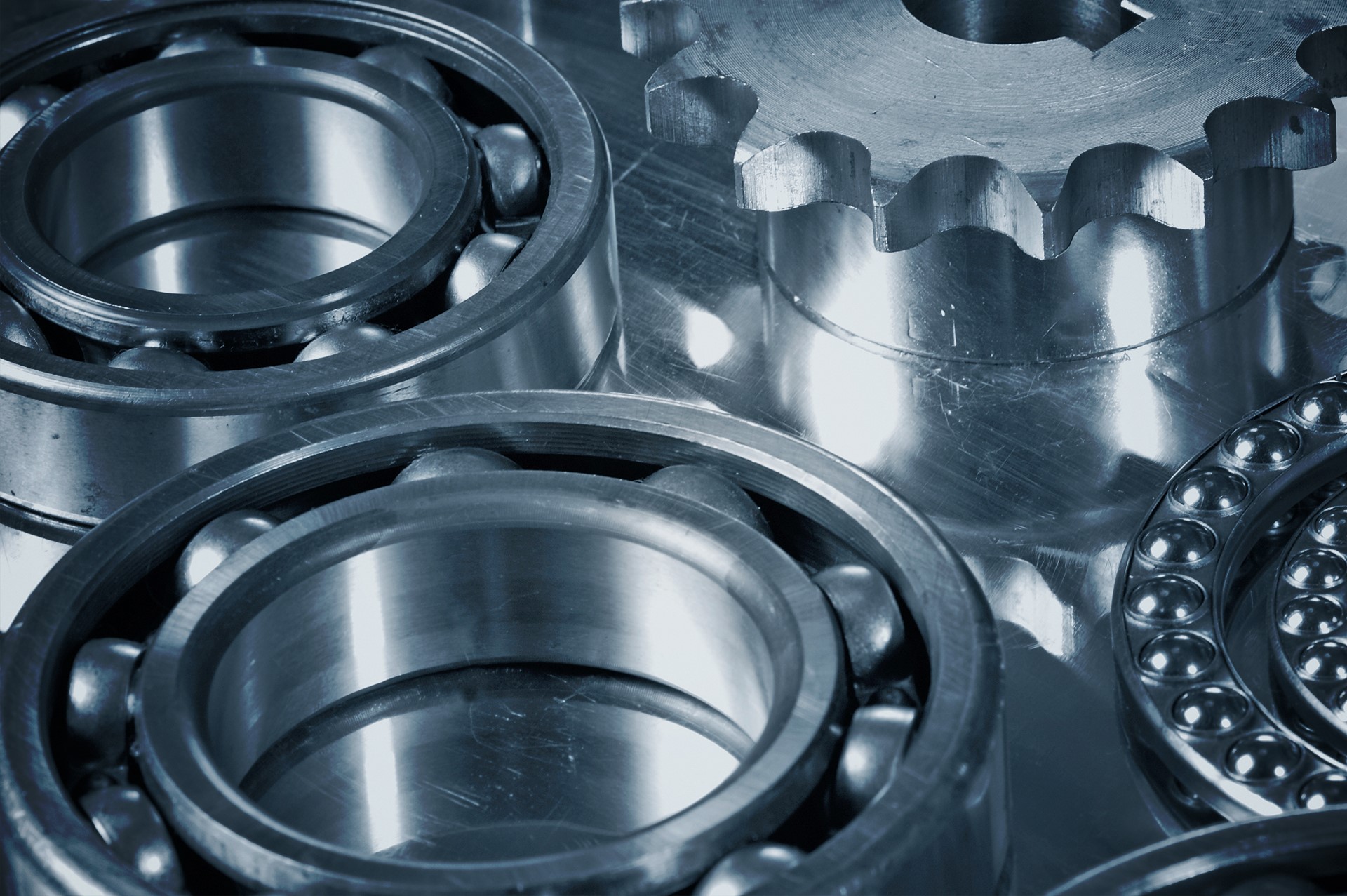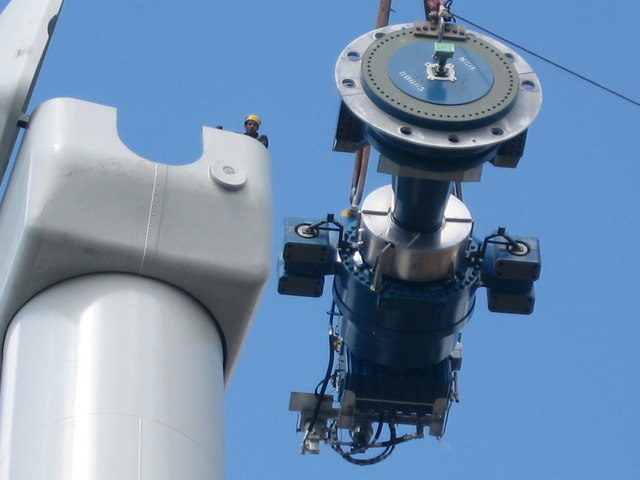Managing Supply Chain Costs through Digitalization & Forward Planning
Wind turbines are designed to operate for 20 years. However, wind operators experience gearbox failure rates of up to 50 percent across the lifetime of their fleet. As a result, the industry spends billions of dollars annually in supply chain costs. High transportation costs and logistical difficulties, especially in remote and offshore locations, contribute to an asset manager's need to invest in digital technologies that provide visibility into the maintenance and inventory budget needs on an annual and multiyear basis.
Unplanned failures occur because of the harsh and unpredictable weather and loading events that occur in the field. Severe operating conditions and sliding and friction events cause wear and roller contact fatigue, leading to bearing and gear failures. The overexertion of the performance of the parts beyond their design life cause expensive premature system failures in the field.
 When a gearbox fails unexpectedly, an operator can be faced with up to $500,000 in unplanned downtime, labor, and replacement costs. Main bearing assemblies and pitch system failures can cost between $150,000 and $300,000 for replacements, and blades can cost even more than that. Multiple unexpected failures in a budget year can bleed heavily into the profitability of the wind site.
When a gearbox fails unexpectedly, an operator can be faced with up to $500,000 in unplanned downtime, labor, and replacement costs. Main bearing assemblies and pitch system failures can cost between $150,000 and $300,000 for replacements, and blades can cost even more than that. Multiple unexpected failures in a budget year can bleed heavily into the profitability of the wind site.
Tools such as oil debris and vibration monitoring systems are often used by operators to attempt to detect failure modes that are in late stages of damage. These systems alert the operator, usually within 6 months, when a replacement part or system will be needed. However, it is almost always too late to prevent secondary system damage.
Sensor systems can also be highly unreliable, and typically only alert the wind technician when there is a late-stage failure within the system. Plus, it does not indicate where or which component(s) is failing within the system.
It's because of the unpredictable nature of field failures that prognostic software solutions have been on the minds of most asset managers in the industry. Digitalization and computational testing is the only way to move from preventative and corrective maintenance, to predictive health maintenance, which can drastically cut the cost of energy. Digitalization becomes especially important for forecasting inventory needs.
Operators can achieve significant inventory cost savings, with 18-month forecasts into gearbox and subcomponent needs, through more accurate data of when failure initiation begins, and where in the turbine the component failure is occurring.
Digitalizing assets enables real-operating condition simulations to predict when failures occur in the field. Live monitoring integration with SCADA analytics provides more precise long-term failure predictions.
Computational testing under real-operating conditions alert the operator to subsurface failure initiation long before it propagates  to the surface. When an operator knows that failure is imminent, operational changes can be made to the turbine to mitigate propagation to surface failure. For instance, physics-based derate may be recommended to reduce the stress levels on the gearbox, and mitigate progression of failure - or it may be recommended to use an additive solution, to slow down the progression of wear or cracking. These life extension actions enable the operator to push maintenance to the low wind season, and optimize labor and maintenance activities, which cuts down on the number of uptower climbs, and time spent in the turbine.
to the surface. When an operator knows that failure is imminent, operational changes can be made to the turbine to mitigate propagation to surface failure. For instance, physics-based derate may be recommended to reduce the stress levels on the gearbox, and mitigate progression of failure - or it may be recommended to use an additive solution, to slow down the progression of wear or cracking. These life extension actions enable the operator to push maintenance to the low wind season, and optimize labor and maintenance activities, which cuts down on the number of uptower climbs, and time spent in the turbine.
Long term forecasting also enables more economical procurement practices, such as purchasing bundled replacement components (as opposed to having large inventory stocks in warehouses around the globe). It's estimated that a 5 percent-unit cost reduction is achievable when the operator can provide the forecasting data to their gearbox, or subcomponent supplier. The reduction is attributed to assured inventory in stock, better logistics planning, and budgeting.
Further savings can be made when purchasing decisions are made based on the life impact the replacement would have on the fielded asset. Historically, the supplier of the replacement gearbox dictates which replacement subcomponents to use in the gearbox. This means that operators are putting the same type of replacement part back into the machine, increasing the chances of repeat failures and outages in the future.
As technology advancements are made, digitalization of the wind turbines facilitates computationally testing out alternate supplier options, to understand the life impact each offering has on the fielded turbine. A replacement part that enables life extension may cost more upfront, but has longer-term benefits by mitigating future failures at that sight, and improving the power generation from the turbine to the grid.
 Jill Szpylman is Public Relations Director at Sentient Science, which delivers 18-month rolling forecasts of short and long-term prognostics, life extension action recommendations for inventory, maintenance, and servicing forecasts to the operator. Jill previously worked in government policy, and began her career as a journalist.
Jill Szpylman is Public Relations Director at Sentient Science, which delivers 18-month rolling forecasts of short and long-term prognostics, life extension action recommendations for inventory, maintenance, and servicing forecasts to the operator. Jill previously worked in government policy, and began her career as a journalist.
Sentient Science | www.sentientscience.com
Volume: 2017 September/October










.jpg?r=3039)

